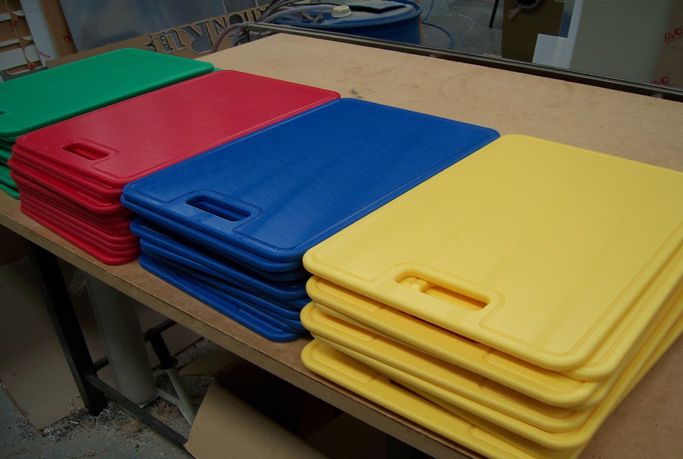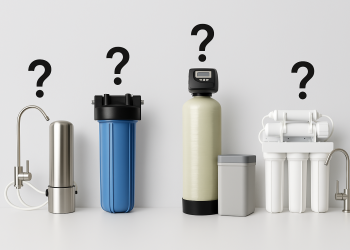Table of Contents
The most commonly talked about polymers in the world of plastics today are polycarbonate and acrylic, also known as lucite or plexiglass. However, when it comes to the plastic with the most widely used applications in the world, High-Density Polyethylene (HDPE) takes the top spot. What makes this material versatile? HDPE is a thermoplastic polymer manufactured from petroleum.

Have you ever thought of what material your milk jugs, plastic bottles, bleach bottles, shampoo bottles, pipes, and cutting boards are made from? You guessed right – HDPE plastic. Even your storage containers, Hard Hats, and children’s toy trucks are manufactured using HDPE. This polymer has one of the widest range of applications. Let’s take a deeper dive into how it is produced.
HDPE is produced from a string of ethylene molecules. Ethylene is the simplest alkene and a hydrocarbon with a formula – C₂H₄ or H₂C=CH₂. Therefore, HDPE is a poly aspect of polyethylene. Due to the properties it possesses, it is known to be lightweight and strong; for this reason, your son’s toy truck or your hard hat would be hard to damage. Still, want to find out more about this fact?
It will interest you to know that HDPE plastics have high-impact resistance and melting point due to their large strength-to-density ratio and undisputable tensile strength. Hence, along with their lightweight feature, they serve great purposes for personal and industrial use. HDPE materials offer more safety and protection. Surprisingly, HDPE can be used for food applications, which brings us to the next segment: its application.
HDPE Applications
High-Density Polyethylene provides vast applications that cut across various industries. At one point or the other, you have used an item made of HDPE. That being stated, here are some common applications of HDPE:
- Water Bottles
- Wood-Plastic Composites
- Bread Bags
- Snowboards
- Plastic Surgery, especially for skeletal and facial reconstruction.
- Piping Systems
- Hard Hats
- Milk Jugs
- Food and Beverage Containers
- Shampoo Bottles
- 3D Printing Filaments
- Telecom Ducts
- Snowboards
- Fuel Tanks
- Shoe Lasts
How do you know if a material is made of HDPE? The next time you pick up any plastic, check underneath it. If it has a recycle number “2” on it, then it contains High-Density Polyethylene.
TYPES OF HDPE SHEET
HDPE sheets come in various types that are intended for different applications and usages. Here are some of the types of HDPE sheets:
HDPE Matte Sheet
HDPE matte sheets are specially formulated to produce items like cutting boards. Hence, your cutting boards are assured durability and your knives won’t be blunt. This type of sheet is acid-resistant. It is in compliance with FDA regulations and NSF certified (National Sanitation Foundation). If you would like to purchase HDPE sheets for your personal or industrial works, please visit this link: High-Density Polyethylene Sheet (HDPE).
HDPE Smooth Sheet
Due to the properties this sheet possesses, it is easy to fabricate and great for various applications. HDPE smooth sheets are highly resistant to chemicals, impact, and moisture. The polymer sheet has high tensile strength, making it ideal for tank lining.
HDPE Pipe Grade
With the HDPE pipe grade, you have improved features when compared to the standard HDPE sheets. In terms of performance and weight, this grade is an ideal choice which makes it great for outdoor applications.
HDPE ColorCore®
Do you want to create letters and signs on your sheet that displays the interior colour? If yes, then HDPE ColorCore® is an ideal choice for you. Also, it is as strong and durable as smooth and matte HDPE sheets.
HDPE Antiskid
This type of material is specifically manufactured for marine applications. It is used as a non-skid or slip surface.
The features provided by HDPE materials set them apart from acrylic and polycarbonate materials. HDPE sheets are lightweight, malleable, durable, recyclable, long-lasting, great for all types of weather, and highly resistant to chemicals, impact, rotting, mould, mildew, and insects.







